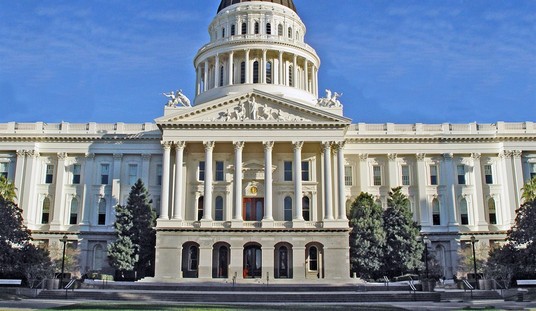The Environmental Protection Agency's "Clean Power Plan," an enormous regulatory monster unilaterally cooked up by federal bureaucrats and attempted to be foisted on states, utility companies and consumers, was dealt a huge blow at the Supreme Court this week when the regulations were put on hold pending the numerous legal challenges that have been percolating through the court system.
The importance of this stay cannot be overstated. In the past, some EPA regulations that have been overturned in the court system were not put on hold and their damage was already done while other states and groups were challenging their legality. In Michigan v. EPA, for example, the Supreme Court overturned onerous EPA MATS regulations on power plants, but the rules were not suspended while the legal challenges were made. In that case, the MATS regulations were issued in 2012 and the Supreme Court didn't overturn them until 2015 - and by that time the damage had already been done. Those regulations cost consumers almost $10 billion per year, and many power plants were shuttered in the years between when the EPA issued the rule and the Supreme Court overturned them. Since the regulations were in place for so long, the EPA already won by the time they were struck down: most power plants and utilities are now in compliance with the rules. And the specter of these MATS regulations will haunt businesses for years: what utility would open a new plant that wasn't in compliance with a rule that no longer exists if they're scared the EPA might try again? Indeed - the EPA has already re-issued the MATS regulations, claiming to now be in compliance with the Supreme Court ruling against them.
The Clean Power Plan was supposed to be a big win for environmentalists and the Obama Administration. They sold it as "flexible" - framing it as though states could set their own roadmaps in order to meet the requirements of the Clean Power Plan. It might have been the only way with which the EPA could sell the legality of its unilateral action to the courts, but it also might have backfired. Twenty-seven states filed lawsuits challenging the Clean Power Plan as an onerous overreach, and now the EPA must wait as those states get to make their case to the courts without having to comply with the Plan in the meantime.
Recommended
If the Supreme Court hadn't put a hold on the Clean Power Plan, as they failed to do with the MATS regulations, we would already begin to see its effects. Estimates have shown that the Clean Power Plan will cost tens of billions of dollars over the next couple of decades, and that utility bills will be higher nationwide. [Link: http://watchdog.org/246137/clean-power-plan-6/] The utility industry estimates that the regulation will cost $292 billion in total by 2030 and up to 20% hikes on their utility bills.
This is why it was so important that so many states filed lawsuits on the Clean Power Plan while refusing to comply with the "optional" EPA mandate that the states themselves come up with their own compliance plans. [Link:
The biggest challenges to the Clean Power Plan are currently on track to be considered by the Supreme Court next year. That time is incredibly valuable to the states that will be most impacted by the Clean Power Plan [Link: http://www.grandforksherald.com/opinion/op-ed-columns/3877069-column-clean-power-plan-will-hit-north-dakota-hard – states like North Dakota, Ohio, and other major energy producers. The Obama EPA would have already have won if states would have been expected to be in compliance with this unilateral regulation until the courts had the opportunity to rule.
The victory for the states at the Supreme Court against the EPA’s Clean Power Plan isn’t going to be the final blow in this battle. But it at least means that the EPA hasn’t already won.

























Join the conversation as a VIP Member